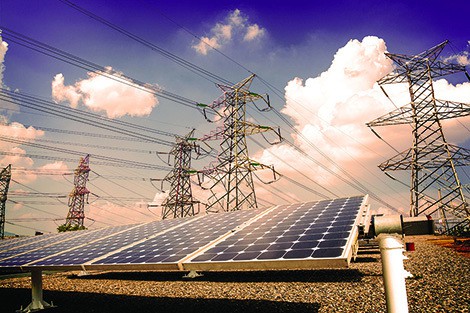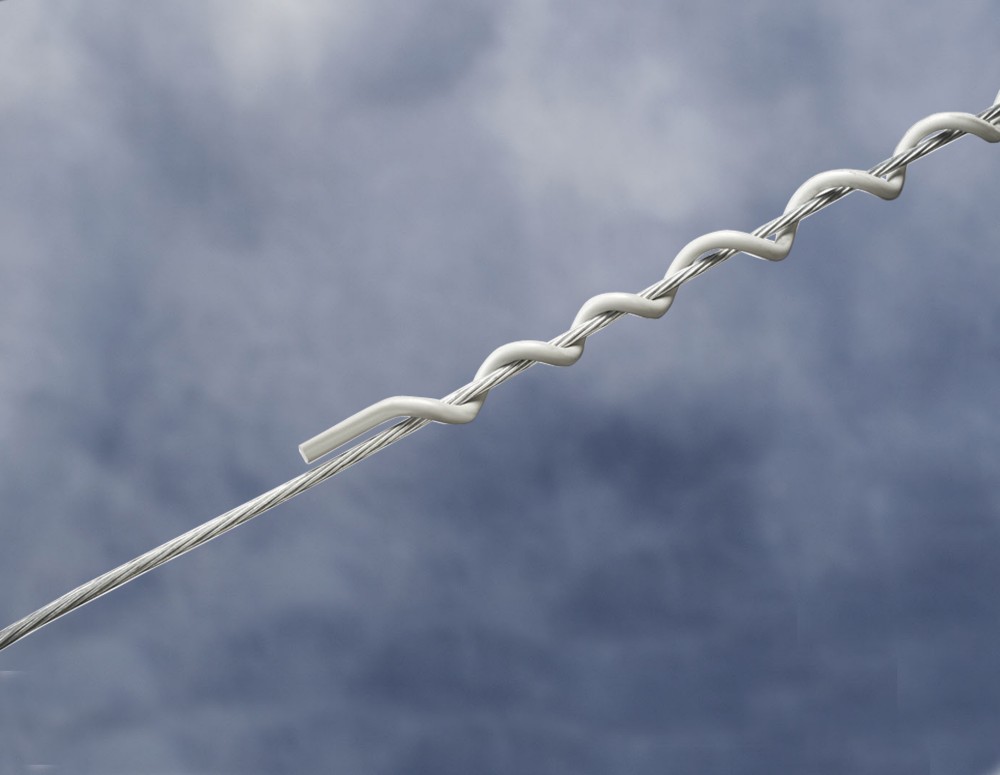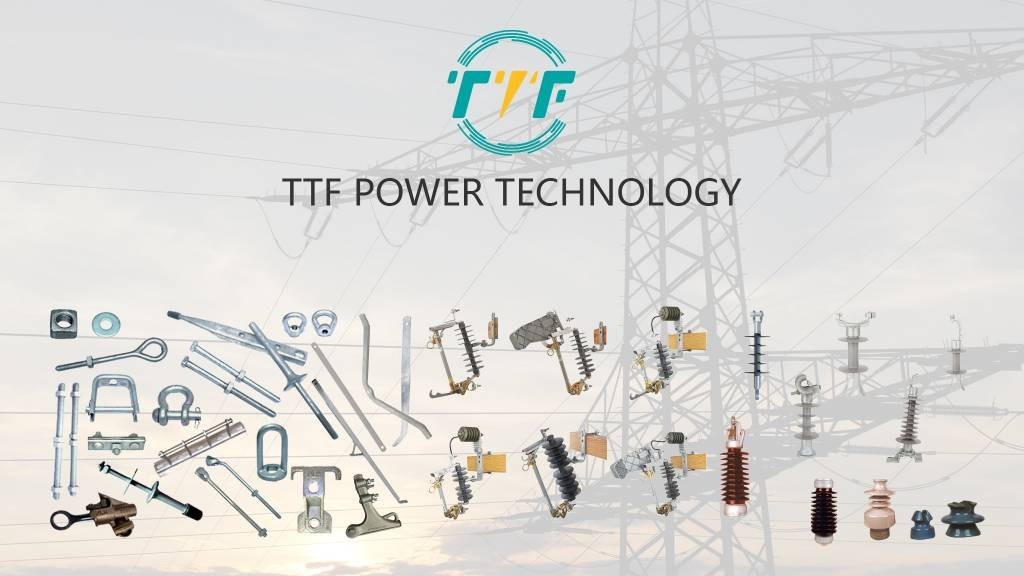
Venezuela’s energy sector depends on hydropower from the Guri Dam, which supplies over 70% of electricity. This causes power crises during recurrent droughts, aging infrastructure, and lack of maintenance. Adopting solar energy provides a clean, scalable, and decentralized solution to the crisis. Solar capacity in the country is expanding through small-scale residential and community solar systems, pilot solar farm projects, international aid-backed solar installations, and microgrids. The current grid-connected solar capacity is 20-30 MW, with off-grid and micro-installations up to 10-15 MW. The potential solar capacity in the country is over 200,000 MW. This can help stabilize the grid and improve reliability in the country. By doing so, solar energy reduces strain on transformers and substations, which are frequently overloaded. Spiral vibration dampers help mitigate mechanical vibrations in electrical conductors. They stabilize the grid that connects solar power to the electrical infrastructure.
The aging transmission lines suffer from wind-induced vibrations and galloping due to wind. The vibrations cause metal fatigue, leading to broken conductors, short circuits, and blackouts. Spiral vibration dampers absorb and dissipate energy to reduce stress on power lines. They prevent failures that could disrupt solar farm connectivity. Unchecked vibrations increase electrical resistance that reduces power delivery efficiency. Spiral vibration dampers reduce line movement to ensure more stable power flow from solar farms to cities. They extend the lifespan of transmission infrastructure to reduce costly repairs and downtime. Additionally, they prevent mechanical stress from sudden power surges or load changes to help the grid handle solar variability.
Spiral vibration dampers stabilizing solar farm infrastructure in Venezuela
Venezuela is expanding and adopting solar farms as a clean and decentralized energy source. Ensuring these solar systems operate reliably demands more than solar panels and inverters. It also depends on hardware components like spiral vibration dampers that protect overhead transmission lines from failure. Spiral vibration dampers (SVDs) are helical rods made from PVC, aluminum, or galvanized steel. They install on overhead conductors or cables to suppress aeolian vibrations. Using SVDs improves system durability, boosts confidence in renewables, and strengthens the reliability of new solar assets. Here are the roles of SVDs in stabilizing solar infrastructure.

- Protecting overhead transmission lines—solar farms depend on overhead transmission lines to send power. The lines are susceptible to wind-induced vibrations in rural, open environments. The dampers absorb and dissipate vibration energy and prevent outages caused by mechanical failures.
- Enhancing power stability—vibrations cause voltage fluctuations and line noise in long spans of cable. Spiral vibration dampers help maintain voltage stability, power quality, and reliable frequency control.
- Reducing maintenance needs—reducing mechanical wear and conductor fatigue reduces maintenance costs. SVDs reduce inspection frequency, prevent costly emergency repairs, and improve reliability of solar transmission lines.
- Supporting microgrid expansion—spiral vibration dampers are crucial in securing short-span aerial lines, withstanding local wind patterns, and maintaining reliable power. This supports decentralized energy access in areas neglected by the national grid.
Challenges facing solar integration into Venezuela’s main grid
Solar energy is a clean and sustainable solution to stabilize the grid and expand energy access. Realizing the solar potential in Venezuela requires a modernized grid with smart infrastructure, policy reforms, public-private partnerships, and investment in workforce training. Addressing these challenges will help face grid instability and power shortages. These challenges include:

- Outdated grid infrastructure—aging infrastructure in the country is prone to frequent equipment failure and power losses. Modernization helps increase flexibility by integrating solar energy.
- Lack of modern grid management technologies—solar integration demands smart grids for real-time data and control, SCADA systems for automation, and load forecasting tools to balance supply and demand.
- Weak interconnection standards and regulations—there is a lack of clear policies on how solar systems should connect to the grid. The uncertainty discourages investment and delays project approvals.
- Limited investment and financing—economic instability, sanctions, and political risks restrict foreign direct investment, access to international financing, and availability of affordable credit for local solar developers.
- Insufficient energy storage infrastructure—battery storage systems are necessary to stabilize solar output. Venezuela faces high costs for lithium-ion batteries, a lack of domestic manufacturing capacity, and import restrictions due to sanctions.
- Shortage of skilled workforce—integrating solar into the grid demands expertise in power electronics, grid synchronization, renewable energy engineering, and operations and maintenance.